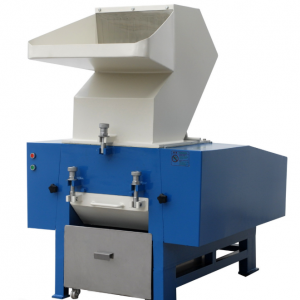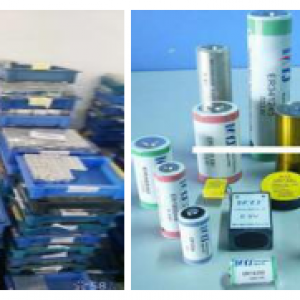Discharge methods of waste lithium ion battery

Since the commercialization of lithium-ion battery in the 1990s, due to its light weight, small size, high density and long cycle life, lithium-ion batteries are gradually replacing other types of batteries and widely used in portable electronic products, including mobile phones, notebook computers, tablet computers, cameras, digital cameras, medical devices, etc.
However, with the rapid increase of lithium-ion battery consumption, the amount of scrap lithium-ion batteries has increased significantly year by year. Although the lithium battery is regarded as a green power supply, and the waste lithium-ion battery is not classified as hazardous waste, the recovery of lithium battery is becoming increasingly important. Because it contains flammable and toxic elements and organic matters, such as LiPF6, CO (cobalt), carbonate, etc., if the simple buried method is used, it will cause harm to the ecological environment. At the same time, the lithium-ion battery has become increasingly important It contains a variety of valuable metals, such as cobalt, manganese, lithium, nickel and so on. Therefore, the recycling and treatment of waste lithium ion battery not only has great economic value, but also benefits to protect the environment.
At present, the resource utilization and harmless treatment of lithium battery have become the focus of attention at home and abroad. However, the first step of recycling is to discharge the scrap lithium-ion batteries, in order to prevent fire and explosion accidents caused by short circuit during battery disassembly. The common methods are physical discharge and brine discharge;
The physical discharge generally uses wire and load. The waste battery, wire and load are connected in series to form a discharge circuit. Physical discharge is suitable for discharge of power battery and large capacity lithium battery. The disadvantages of small and single battery discharge are high cost and heavy workload.
Salt water discharging is suitable for small batteries. However, electrochemical reaction occurs in the process of discharge, and a large number of harmful gases (such as hydrogen chloride) and waste water (electrolyte) are generated when the anode is dissolved. If it is not treated, it will cause great environmental pollution. However, it is difficult to capture and treat the waste gas and purify waste water.





